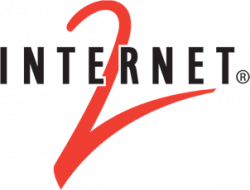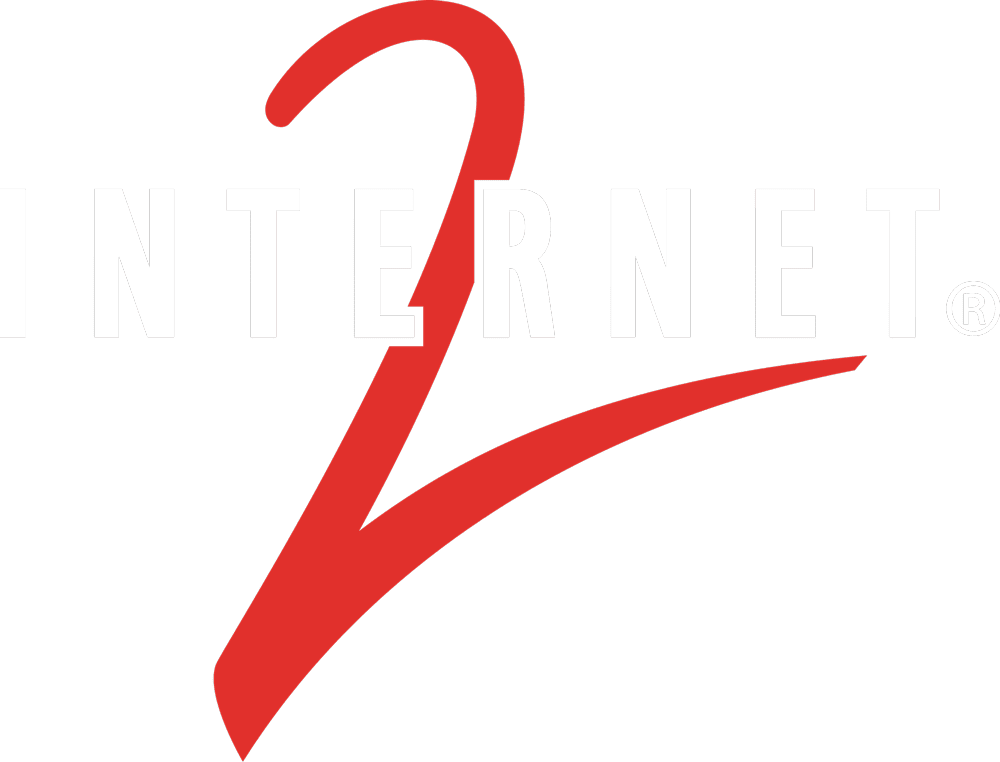Case Study
Rutgers University Streamlines Document Processes with NET+ Docusign
Through Internet2 NET+, higher ed institutions like Rutgers University take full advantage of Docusign to make document management convenient and cost effective.
Solution Summary
From handling the needs of remote workers and students to centralizing document storage, expanding use of Docusign has saved Rutgers time and money.

The Project

In 2013, the University of Medicine and the University of Dentistry at Rutger University merged. The University of Dentistry was already using DocuSign with its Meditrac system. And, the University of Medicine wanted to follow suit.
So Docusign was rolled out across this newly formed merged organization. As such, there are now two instances of Docusign – NA1 for Meditrac and NA2, which covers single sign-on for the university. In addition, subsites are created to accommodate units that ask to use Docusign.
The Solution
Many Advantages: The Docusign system has resulted in many benefits. Most notably, Docusign was able to handle the needs of remote workers and students when the world changed with the pandemic in 2019. With many constituents working and studying remotely, leaders had to quickly find a way to make it easy for doctors, students, and others to sign and route documents from various locations. “When COVID-19 hit, anybody in the university could have access to it. So, if they happen to go to Docusign.com, hit log in, and use their net id@rutgers.edu, it creates a cinder row in our general Rutgers University site,” said Catrina Fowler, business systems analyst at Rutgers.
Such functionality is proving to be helpful as the university remains a hybrid institution in the wake of the pandemic. “A lot of areas are changing some of their processes, and instead of having all this paper, they are trying to move more and more documents toward Docusign,” Catrina said.
As a result, the Docusign system is being used for a variety of documents including research, education, and parental consent forms as well as security requests, withdrawals, transfers, and many others. Indeed, Docusign even accommodates CFR Part 11 documents.
Docusign also streamlines workflow by providing a central storage location. “Now there’s one area that anyone in the department can consult to see if documents have been sent and if they’re completed,” Catrina said.
To further enhance efficiency, Rutgers is creating integrations with other systems. For example, leaders “created a middleware called Service Bridge, where documents from Docusign have a tag and a web hook on them,” Catrina said. This makes it possible to seamlessly share these documents with Perceptive, a document management system that acts like an electronic filing cabinet. Rutgers leaders are also looking to create similar integrations with systems such as Salesforce and ServiceNow.
The Result
Bottomline Benefits: Perhaps most importantly, Docusign is proving to be cost effective as well as convenient. If the merged organization was not using Docusign, it would have had to purchase a more costly option to obtain signatures.
“Then areas within the university would either have to hire people to develop web forms and to see what else could be linked with them. Or, the other solution would have been to use paper and use fax, email, and scanning. But with people not being in the office or being hybrid, that is a challenge,” Catrina said.
About the NET+ Docusign Program
Internet2 Higher Education members can take advantage of the NET+ Docusign offering which includes special higher education terms and custom packages developed for the higher education community. Please contact netplus@internet2.edu for details and check out our FAQ.
